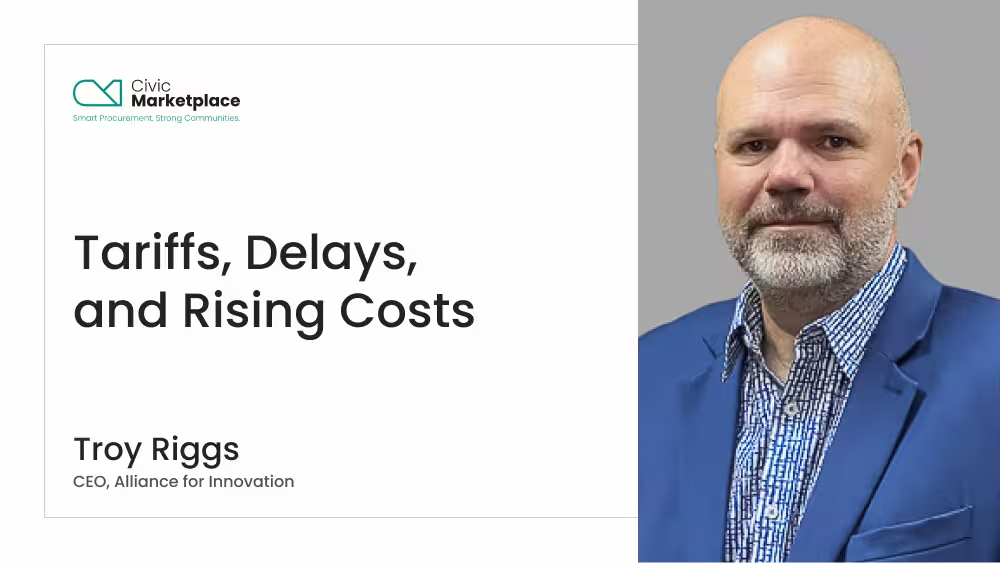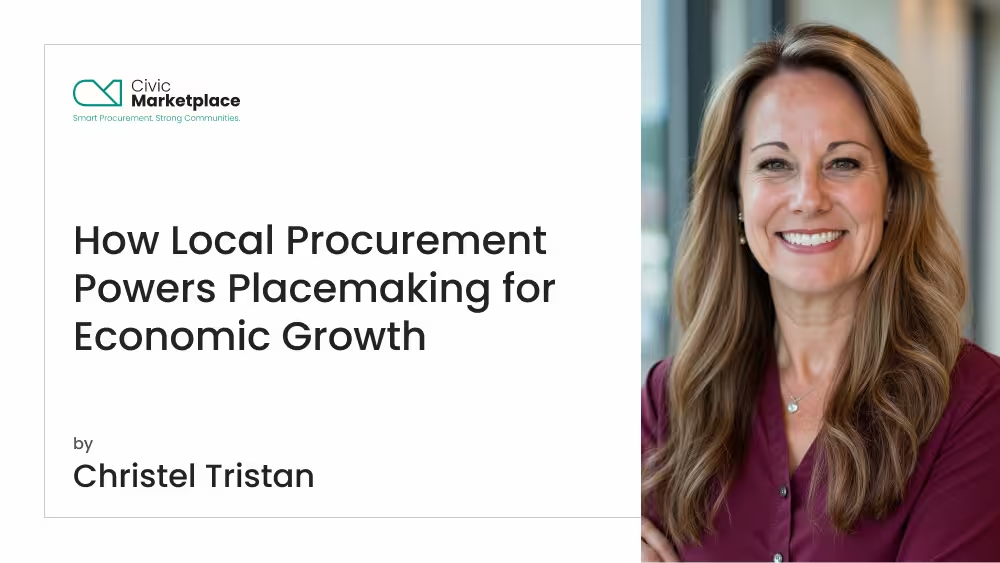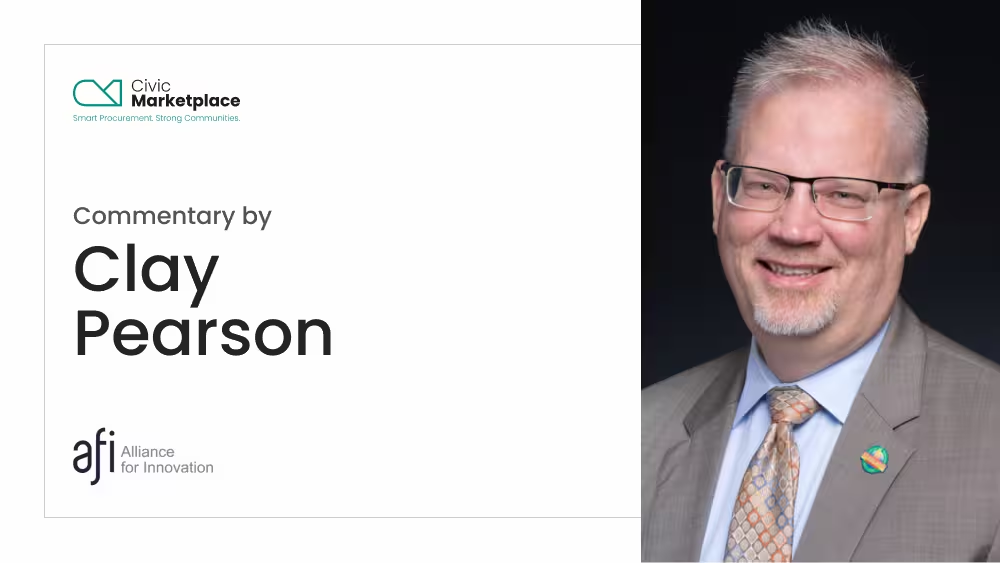London Calling - prototyping the future of agency services
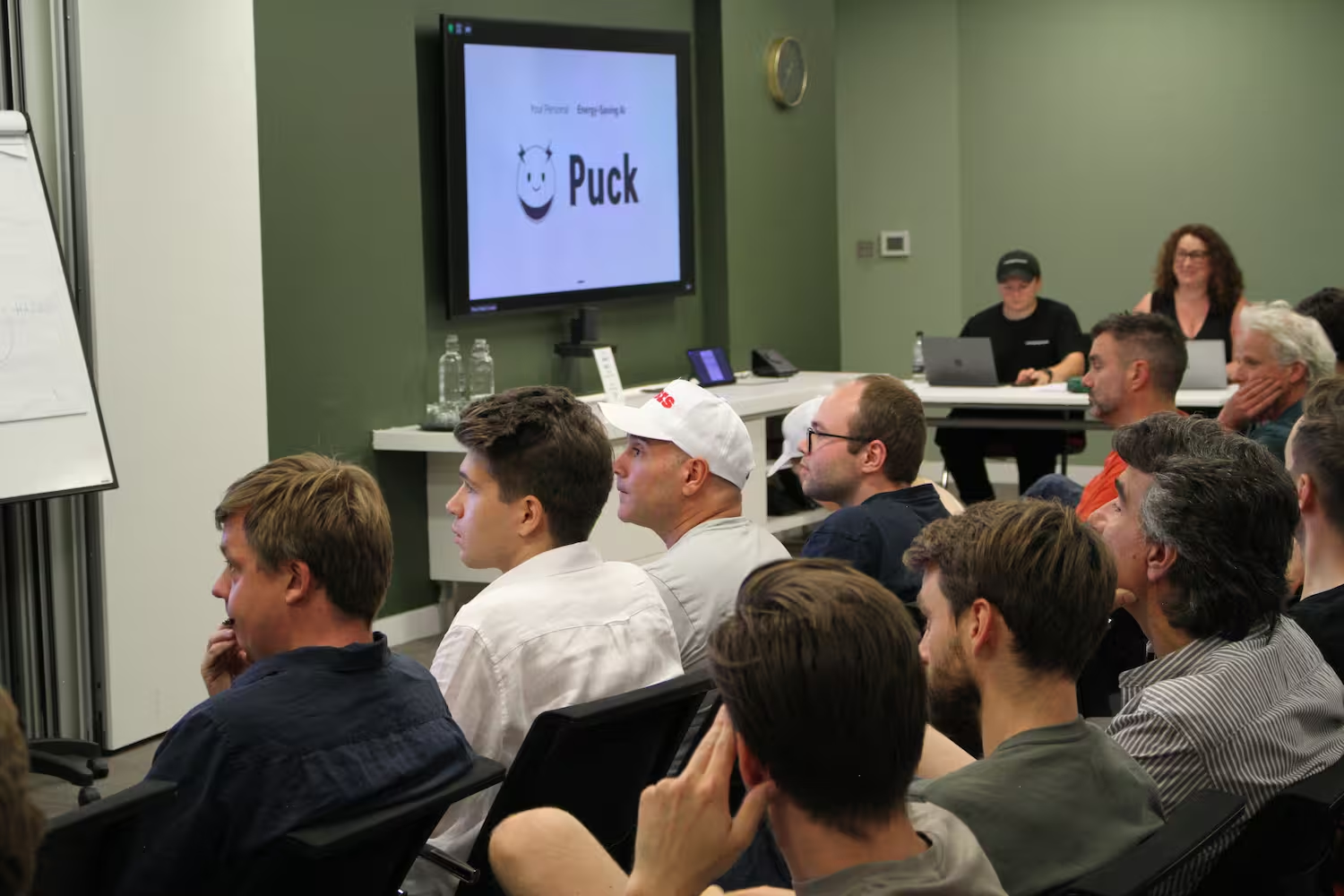
Basis <> LFG Hackathon - London, England
Reflections from Al Hleileh, CEO, Civic Marketplace
The White Heat of Technology
It was the hottest weekend of the year so far in England at 90 degrees (just another regular day in Texas!). In London, the Houses of Parliament and Big Ben were bathed in sunshine, just across the river from where a group of public servants, software developers and AI engineers had gathered together for a weekend hackathon with a bold mission: build something better than the state.
Switching to AI
I had been invited along by the organizers, campaign group Looking for Growth and investment firm Basis, to meet the participants and help judge the winners. It was incredible to see so many smart, creative people coming together, all passionate about using technology to improve public services.
Two themes stood out in particular: first, the fact that every team was focused on using AI to tackle human-centered problems; second; the sheer speed at which things can now be built.
For instance, one team – Puck AI – in under two days built an AI-voice energy bills automated switching service. In the UK the government offers winter fuel payments and energy bill support to older and lower-income citizens to help with heating costs. Every year over six million households struggle to stay warm, but millions of pounds worth of available support goes unclaimed. Puck AI found this is leading to billions of pounds in health costs, long term damage to housing, and a significant knock-on impact on the economy. So they want to help energy providers help residents.
Using their solution, a resident calls them up on a regular telephone. Powered by voice-AI technology, people that wouldn’t otherwise feel comfortable using a computer can claim support grants or switch energy providers over the phone. Their demo showed they could save a household £300 a year and also help energy suppliers reduce bill-related debt risk.
This use case is great, but it is just one of many possibilities. The same tech could be applicable to any marketplaces that have complex tariff structures, and could help the wider population navigate their bills and government services, beyond just tackling energy poverty. Imagine this rolled out by a provider in Midland, Plano or Keller, helping residents navigate ERCOT’s complex energy market during a Texas heatwave.
Navigating your services
Another team, the AI Vikings, came all the way from Scandinavia. They built an AI-enhanced browser extension in just a day and a half that connects your personal data with an agency’s public data to help you navigate their service more efficiently. In their demo they walked us through a use case on the UK’s National Health Service (NHS) website. Called Florence (named after Florence Nightingale, the famous British nurse from the Crimean War), their tool integrates directly with the NHS website and patient medical records to offer a smarter user experience. Florence can scan uploaded images for medical conditions, search NHS resources, and tailor its advice using the patient’s medical history.
A tool like this has the potential to transform the way citizens interact with any kind of government service. Whether it’s a 311 request from a resident to repair a pothole, or a frontline carer providing a dementia support check-in, this kind of AI-assisted interface could transform resident outcomes. We know agencies don’t lack the will to provide these tailored services, but they don’t have the resources. Viking AI showed how AI could be used to bridge this gap and act as a frontline digital companion that pulls together siloed data like appointment records, benefit documents, and care plans across agencies to provide a better service.
AI avatars
If Viking AI’s Florence showed how AI can help personalize health navigation, another team called TrustBasis took things in a bolder, more experimental direction. They trialled building an AI avatar system for political communication. The idea of chatting with a digital version of your Mayor, Governor, Senator, or in the UK’s case even the Prime Minister might sound futuristic, but behind the avatar they were attempting to build a powerful insights engine.
Their tool aggregates public conversations, queries, and feedback from its users and distills it into a live dashboard designed to keep elected officials connected to their community beyond just five-second soundbites on the news.
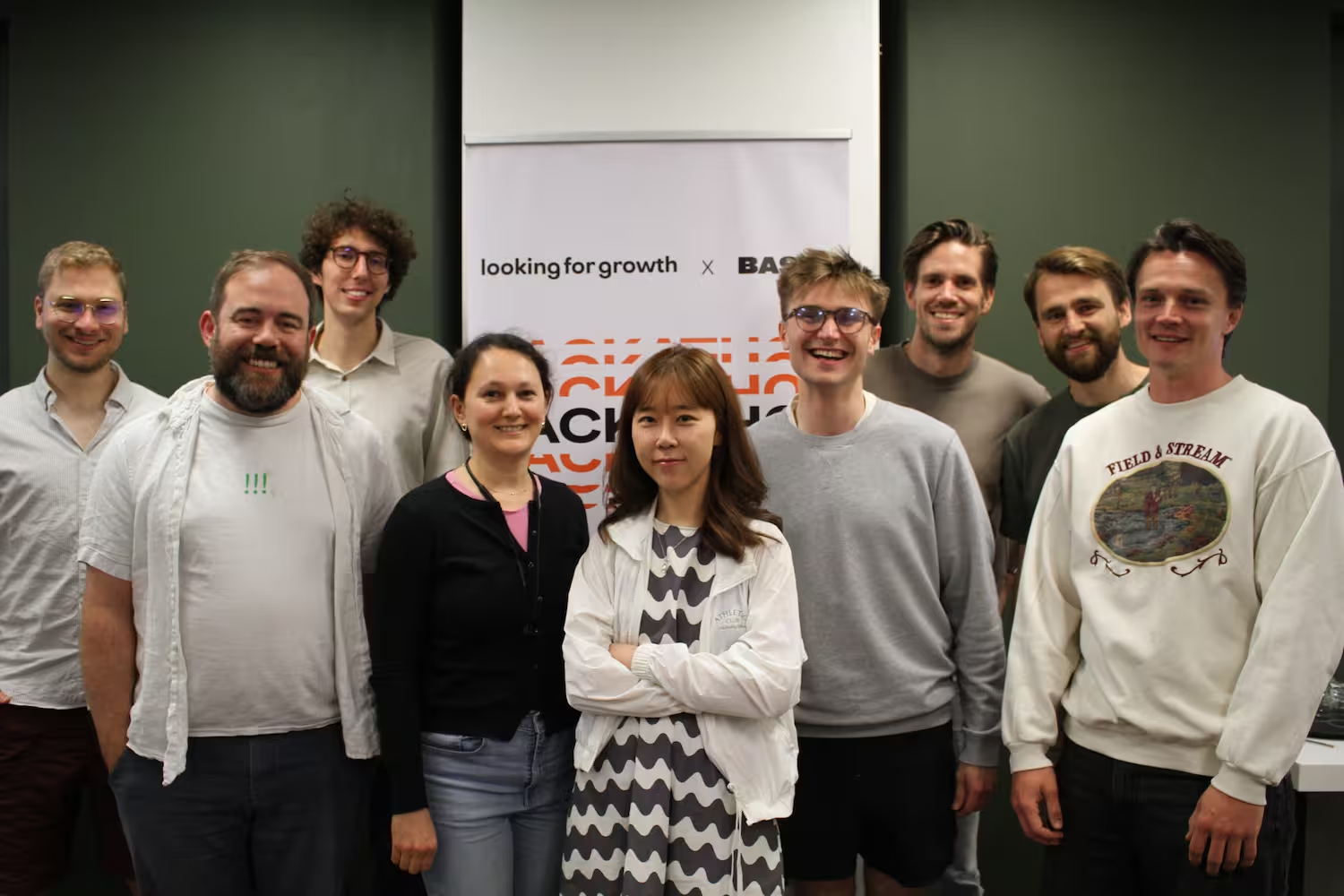
Back in the USA
What this reminded me of was Emma, the awesome virtual assistant launched in March this year in Amarillo, Texas. She’s the first real-world AI deployed to help residents log service requests, answer questions in over 60 languages, and navigate city services without digging through thousands of pages of municipal documents and webpages. Amarillo’s team deserves major credit for pushing this innovation through the hurdles of procurement, compliance and implementation, but it took them 18 months of painstaking work.
What TrustBasis and the other teams in London showed is that the technology behind these kinds of AI-powered systems can now be built in days, not months or years. Yes, these were working prototypes rather than fully-baked solutions, but it shows what is possible in the AI era.
We see this everywhere we look in public services, in every part of the world. There is no shortage of innovation and no lack of desire to improve the way agencies and governments operate. The challenge is really to connect the people who are building these solutions with the agencies and local governments that want to deploy them in the real world, and to do so in a way that sets both sides up for success.
This is exactly what Ron and I set up Civic Marketplace to do. We believe that better, more streamlined procurement is the key to unlocking faster, more effective innovation across the public sector – and AI is a huge focus for us. That’s why we’re proud to have partnered with TXShare, the trusted cooperative for local governments, who will be awarding a transformative contract that will open the door to a new era of AI adoption in the public sector.
We can’t wait to see what gets built for the American people. After all, anything the Brits can build in 48 hours, we reckon Texas can get done by breakfast.
Join our ERepublic Government Technology Webinar with the City of Coppell, North Central Texas Council of Governments, and the Alliance for Innovation here.



